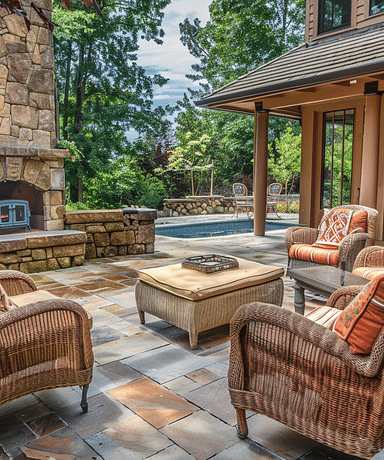
Outdoor Space Planning: Design Your Dream Outdoor Area
Plan and design your outdoor space for maximum comfort and functionality. Get tips on selecting furniture, layout design, and creating an outdoor space that matches your lifestyle.

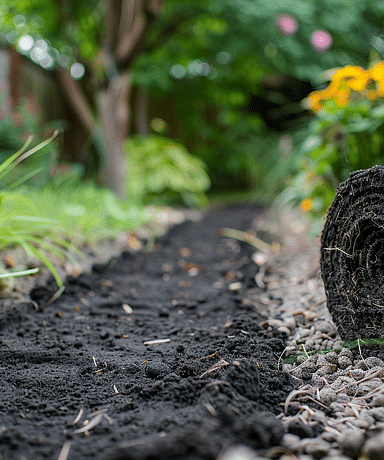
Cheapest Way To Cover Dirt In Backyard - 5 Cost-Effective Solutions
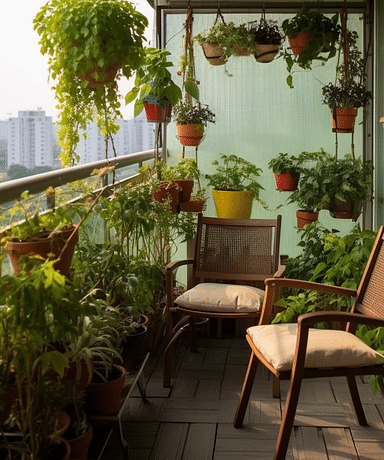
The Balcony Bliss: Outdoor Furniture for Small Spaces

How to Create a Cozy Outdoor Living Space
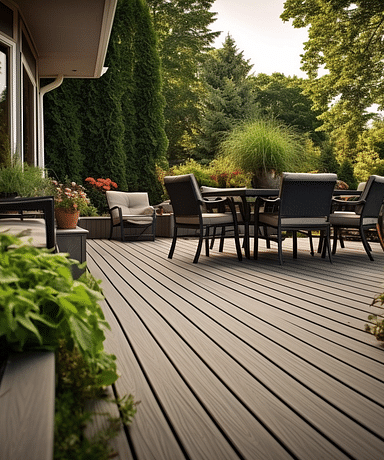
Deck Design Ideas: Choosing the Right Outdoor Furniture
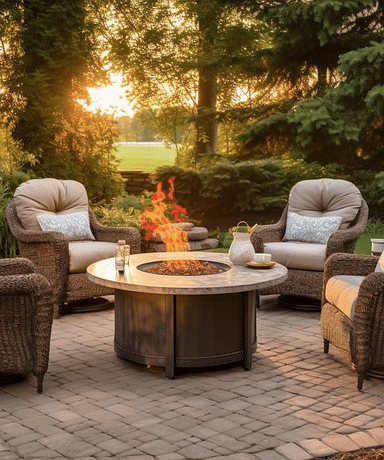
How to Select and Arrange Outdoor Furniture for a Fire Pit Area

Designing an Outdoor Dining Area: Key Considerations

Transforming Your Garden: Outdoor Furniture Layout Ideas
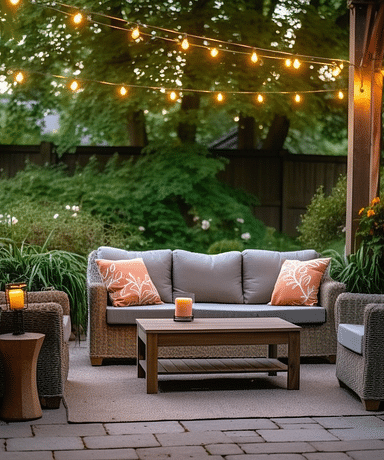
How to Choose the Right Size Outdoor Furniture for Your Space
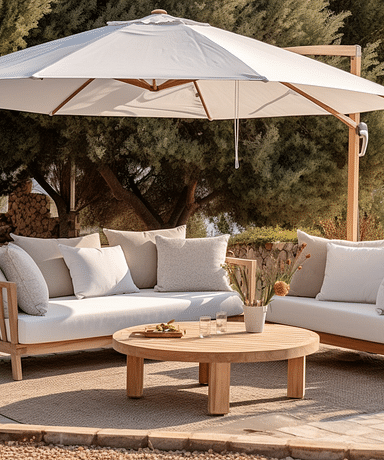
Designing an Outdoor Lounge: Key Factors to Consider

Maximizing Your Patio Space: Practical Furniture Layout Tips
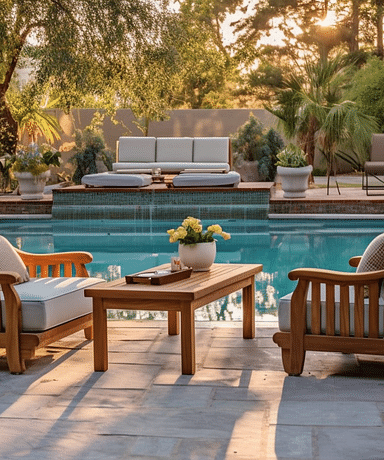
Creating a Poolside Paradise: Choosing and Arranging Outdoor Furniture
Tips and Tricks for a Beautiful and Functional Yard
Planning your outdoor space can be an exciting and rewarding experience. Whether you have a small balcony or a large backyard, there are many ways to transform your outdoor area into a beautiful and functional space that reflects your personal style and meets your needs.
One of the first things to consider when planning your outdoor space is how you want to use it. Do you want a space for entertaining guests, a quiet retreat for relaxation, or a place for your children to play? Once you have a clear idea of how you want to use your outdoor space, you can start to think about the design elements that will help you achieve your goals.
Another important consideration when planning your outdoor space is the climate in your area. If you live in a hot, sunny climate, you may want to incorporate shade structures or plants that provide natural shade. If you live in a cooler climate, you may want to consider adding a fire pit or outdoor heater to extend the use of your outdoor space into the cooler months. By taking these factors into account, you can create an outdoor space that is both beautiful and functional, and that you can enjoy year-round.
Understanding Your Outdoor Space
Assessing the Space
Before starting any outdoor project, it's important to assess the space you have available. I always start by measuring the area and taking note of any obstacles such as trees, rocks, or uneven terrain. This helps me plan the layout of my outdoor space and ensures that I'm making the most of the available area.
It's also important to consider the direction your outdoor space faces. If it faces north, it may receive less sunlight and be cooler, while a south-facing space may be hotter and require more shade. This information will help you choose the right plants and furniture for your outdoor space.Identifying Key Features
Once you have assessed the space, it's time to identify the key features that you want to highlight. This could be a beautiful view, a pool, or a garden. It's important to consider how these features will impact the overall design of your outdoor space.
For example, if you have a beautiful view, you may want to position your seating area to take advantage of it. If you have a pool, you may want to create a separate seating area for lounging and relaxing. If you have a garden, you may want to incorporate it into the overall design by using plants that complement the colors and textures of your garden.
By identifying the key features of your outdoor space, you can create a cohesive design that highlights the best features of your space.
Designing Your Outdoor Space
When it comes to designing your outdoor space, there are a few key elements to keep in mind. As someone who has designed many outdoor spaces, I recommend focusing on three main areas: choosing a theme, selecting furniture, and accessorizing.
Choosing a Theme
The first step in designing your outdoor space is to choose a theme. This will help guide your furniture and accessory choices and give your space a cohesive look. Some popular themes include:
- Coastal: Incorporate blues, whites, and natural materials like wood and wicker to create a beachy vibe.
- Modern: Opt for sleek, minimalist furniture and accessories in neutral colors for a contemporary look.
- Rustic: Choose furniture made from natural materials like wood and stone, and add cozy touches like blankets and lanterns for a rustic feel.
Once you have chosen a theme, you can start selecting furniture and accessories that fit with that style.
Selecting Furniture
When selecting furniture for your outdoor space, consider both form and function. You want pieces that are comfortable and practical, but also visually appealing. Here are some things to keep in mind:
- Size: Make sure your furniture is the right size for your space. You don't want pieces that are too big or too small.
- Material: Choose materials that are weather-resistant and durable, like metal, wood, or wicker.
- Comfort: Opt for comfortable cushions and seating that will encourage you to spend time outside.
Selecting Accessories
Accessories are the finishing touch that will make your outdoor space feel complete. Here are some ideas:
- Lighting: Add string lights or lanterns to create a cozy ambiance.
- Plants: Incorporate plants and flowers to bring life and color to your space.
- Outdoor rugs: Define your seating area with an outdoor rug.
By following these tips, you can create a beautiful and functional outdoor space that you will love spending time in.
Planning for Plants
When planning your outdoor space, plants play a crucial role in creating a beautiful and inviting atmosphere. Here are some tips for planning and arranging plants in your outdoor space.
Choosing the Right Plants
When choosing plants for your outdoor space, it's important to consider the climate, soil type, and amount of sunlight the area receives. Some plants thrive in full sun, while others prefer shaded areas. Additionally, some plants require more water than others, so it's important to choose plants that are well-suited to your local climate.
Consider the purpose of the plants as well. Are you looking for plants that will provide privacy, add color, or attract wildlife? Research different plant species to determine which ones will best suit your needs.
Arranging Plants
Once you've chosen your plants, it's time to arrange them in your outdoor space. Group plants together based on their water and sunlight requirements, and consider their height and growth patterns. Taller plants should be placed towards the back of the garden or in the center of a container, while shorter plants can be placed towards the front or edges.
Consider using containers or raised beds to create a layered effect, with taller plants in the back and shorter plants in the front. Use different textures, colors, and shapes to create visual interest and add depth to your outdoor space.
By taking the time to plan and arrange your plants, you can create a beautiful and inviting outdoor space that you can enjoy for years to come.
Creating an Outdoor Living Area
When designing an outdoor living area, there are several things to consider. You want to create a space that is functional, comfortable, and inviting. Here are a few things to keep in mind when planning your outdoor living area.
Planning for Seating
One of the most important aspects of creating an outdoor living area is seating. You want to make sure that you have enough seating for you and your guests. Consider the size of your space and how many people you plan to entertain.
When choosing seating, think about the style and material. Do you want something modern or traditional? Do you want something that is easy to clean or something that is more comfortable? There are a variety of options available, such as benches, chairs, and sofas.
Considering Outdoor Kitchen Options
An outdoor kitchen is a great addition to any outdoor living area. It allows you to cook and entertain at the same time. When planning your outdoor kitchen, consider the size and layout of your space.
You will also need to decide what appliances you want to include. Do you want a grill, a refrigerator, a sink, or all of the above? Think about how you plan to use your outdoor kitchen and what features will be most important to you.
Overall, creating an outdoor living area requires careful planning and consideration. By thinking about seating and outdoor kitchen options, you can create a space that is both functional and inviting.Lighting Your Outdoor Space
Types of Outdoor Lighting
When it comes to lighting your outdoor space, there are a variety of options to choose from. Here are some of the most common types of outdoor lighting:
- Path Lights: These lights are perfect for illuminating walkways and paths. They come in a variety of styles and can be either solar-powered or wired.
- Floodlights: These lights are great for illuminating large areas, such as your backyard or patio. They are typically brighter than other types of outdoor lighting and can be either motion-activated or manually controlled.
- String Lights: String lights are a popular choice for outdoor lighting because they create a warm and inviting atmosphere. They can be hung between trees, along fences, or around pergolas.
- Spotlights: Spotlights are ideal for highlighting specific features in your outdoor space, such as trees or sculptures. They can be either solar-powered or wired.
Strategic Placement
Once you've chosen the type of outdoor lighting that's right for your space, it's important to strategically place the lights to achieve the desired effect. Here are some tips for placing outdoor lighting:
- Highlight Key Features: Use spotlights to draw attention to key features in your outdoor space, such as a fountain or statue.
- Illuminate Walkways: Use path lights to illuminate walkways and paths to ensure safe passage.
- Create Ambiance: Use string lights to create a warm and inviting atmosphere in your outdoor space.
- Avoid Glare: Be mindful of the placement of floodlights to avoid creating glare that could be distracting or uncomfortable.
In conclusion, choosing the right type of outdoor lighting and strategically placing it can make a big difference in the overall look and feel of your outdoor space.
Maintaining Your Outdoor Space
Routine Maintenance
As a homeowner with an outdoor space, I understand the importance of routine maintenance to keep it looking great. Regular upkeep can prevent bigger problems down the line and ensure that your outdoor space is always ready for use. Here are some routine maintenance tasks that I recommend:
- Clear debris: Regularly remove any debris such as fallen leaves, twigs, and branches from your outdoor space to keep it looking tidy and to prevent any potential hazards.
- Trim plants: Keep your plants trimmed and pruned to promote healthy growth and prevent overgrowth that can damage your outdoor space.
- Clean surfaces: Regularly clean surfaces such as patios, decks, and outdoor furniture to prevent the buildup of dirt and grime that can cause damage over time.
- Check for pests: Keep an eye out for pests such as ants, termites, and rodents that can cause damage to your outdoor space. Take action immediately if you notice any signs of infestation.
Seasonal Care
In addition to routine maintenance, seasonal care is also important to keep your outdoor space in top shape. Here are some seasonal care tasks that I recommend:
- Spring: In the spring, it's important to clean up any debris that may have accumulated over the winter and prepare your outdoor space for the warmer months. This can include tasks such as fertilizing your lawn and garden, planting new flowers and plants, and cleaning and repairing any outdoor furniture.
- Summer: During the summer, it's important to water your plants regularly and keep an eye out for any signs of distress such as wilting or yellowing leaves. It's also important to keep your outdoor space clean and tidy to prevent any potential hazards.
- Fall: In the fall, it's important to prepare your outdoor space for the cooler months ahead. This can include tasks such as raking leaves, cleaning gutters, and storing outdoor furniture and equipment.
- Winter: During the winter, it's important to protect your outdoor space from the elements. This can include tasks such as covering plants and outdoor furniture, clearing snow and ice from walkways and driveways, and checking for any potential damage caused by winter weather.
By following these routine maintenance and seasonal care tasks, I am confident that any homeowner can maintain a beautiful and functional outdoor space.